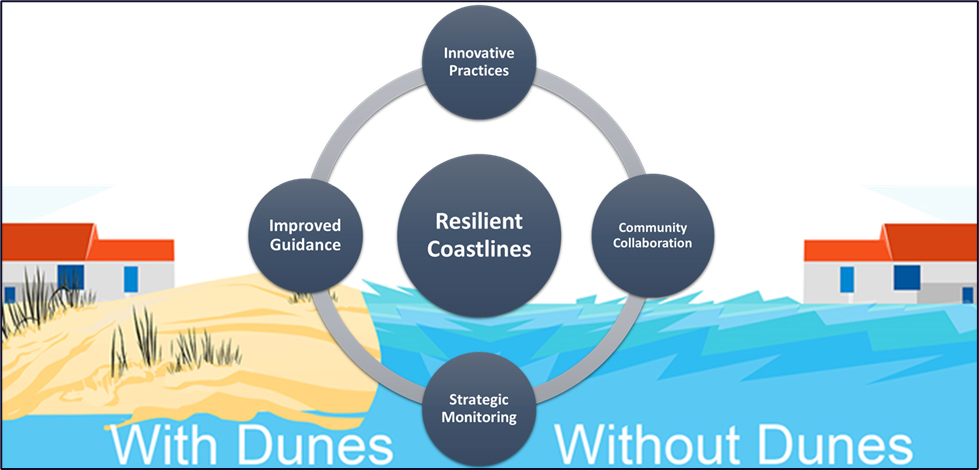Natural and nature-based features have become increasingly popular in recent years for several reasons including reduced costs and maintenance, sustainability, and ecological benefits. One such nature-based feature which contributes to coastal resiliency is dune systems. Extensive research shows that dune systems provide great value for coastal protection, with vegetation and belowground biomass emerging as crucial factors for dune stability. Alternative dune construction and dune maintenance methods are needed to improve the resilience and stability of these dune systems. Wrack, vegetation and macroalgae that naturally washes up along the coast, is often removed during routine beach maintenance, but could serve to increase dune biomass, sand trapping, and overall dune resiliency. This manuscript documents preliminary results following the placement of wrack along constructed dunes on the Mississippi mainland coast. Terrestrial lidar surveys were used to evaluate morphological responses of a 550 m stretch of the beach, with varying raking and wrack management practices implemented in designated sections. Elevation and volumetric change calculated from these data were compared across storm erosion and fair-weather recovery periods to quantify the potential benefits of utilizing natural wrack material in the dunes and reducing beach raking.



